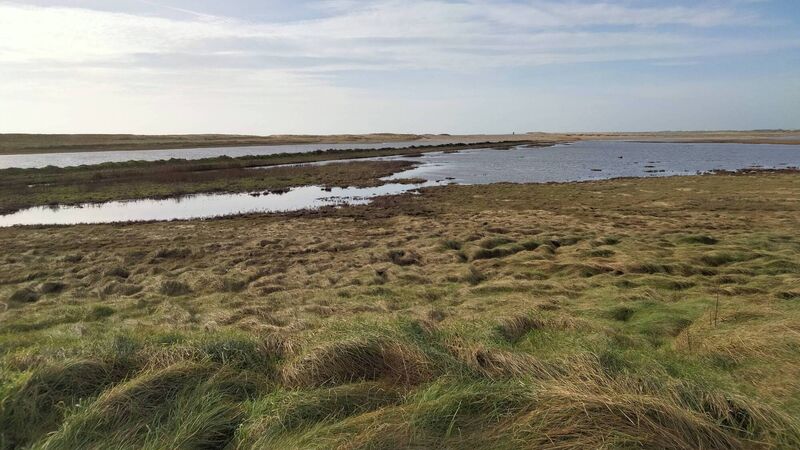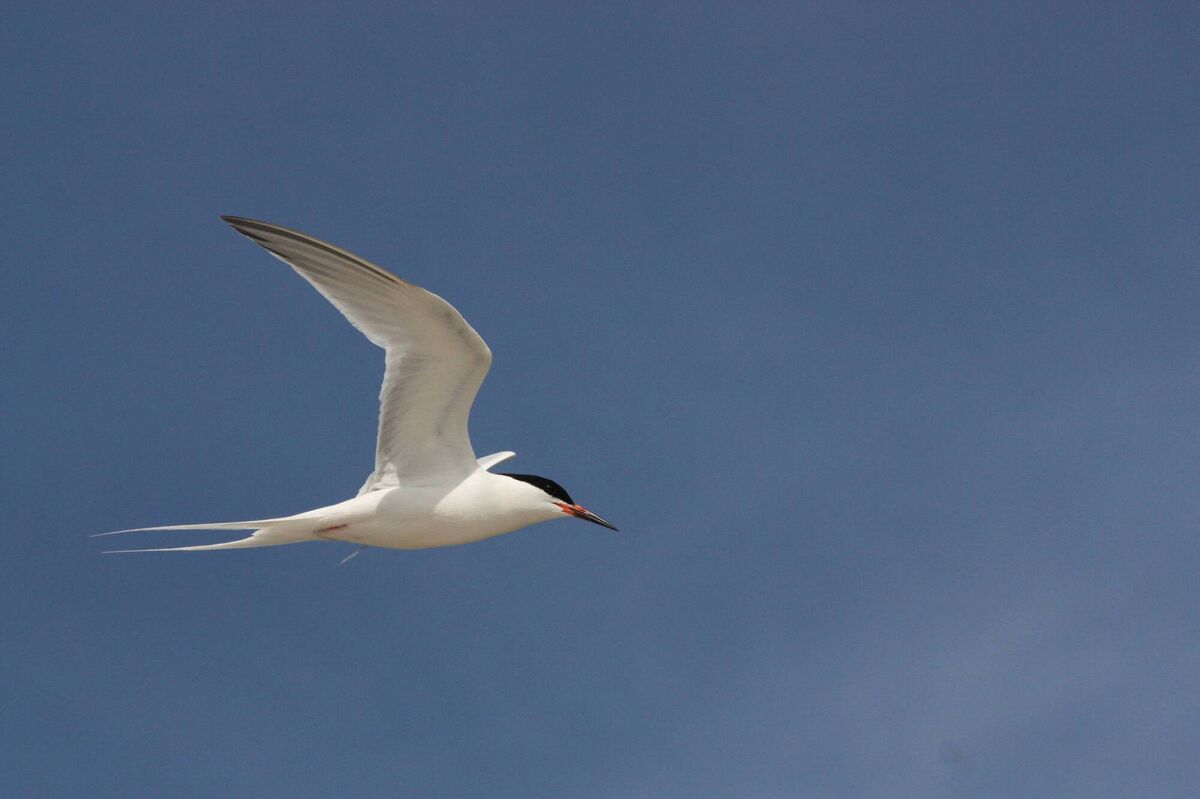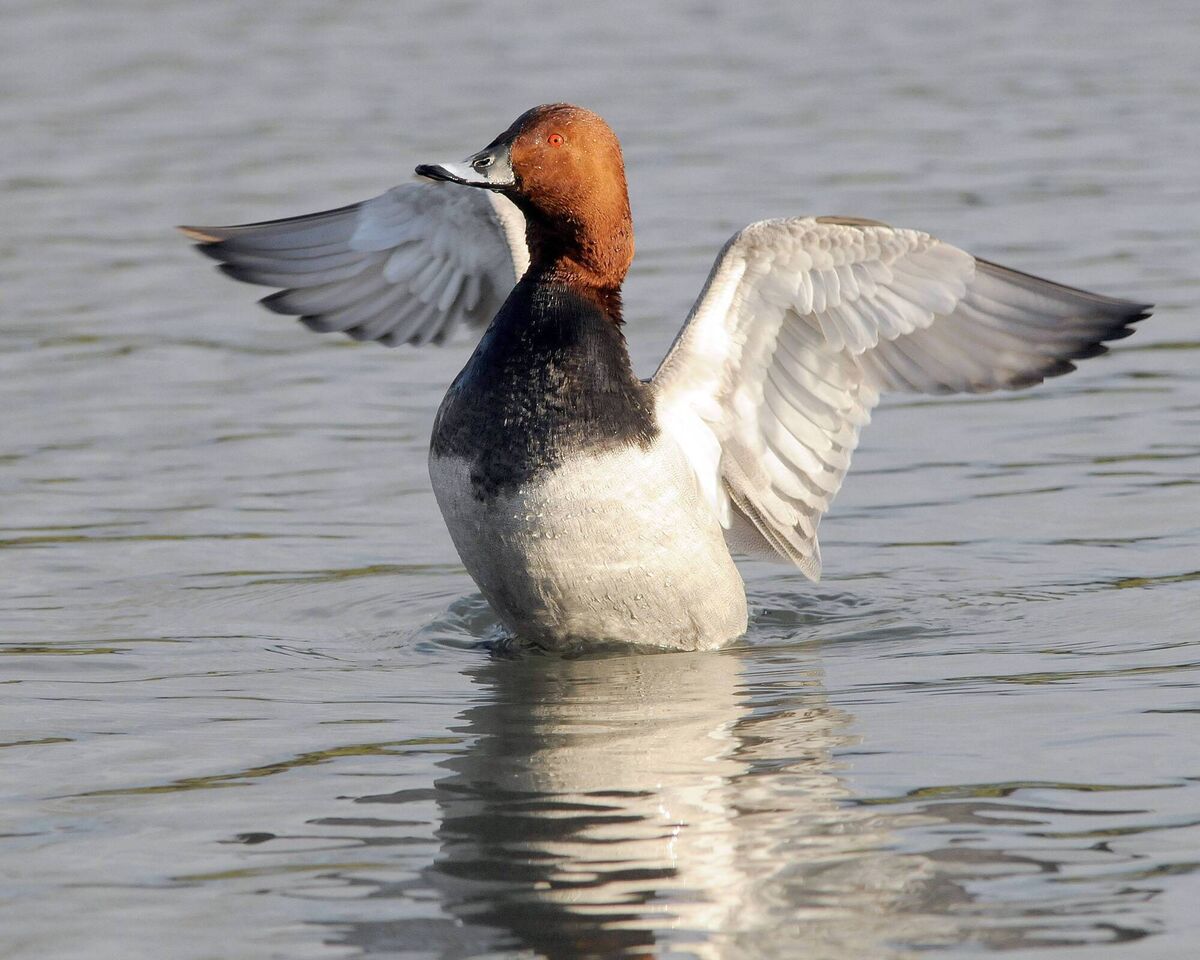Lady’s Island Lake has enormous significance, but its lagoon ecosystems are collapsing

Sigginstown Island, Tacumshin Lake, County Wexford. Picture: Dan MacCarthy
The word lagoon evokes a sense of tranquil places. Lady’s Island Lake on the south coast of county Wexford is indeed a serene spot, an expanse of shallow brackish water amid low-lying Wexford farmland. A causeway leads to the main ‘island’ where there are remains of a leaning Norman tower house and the remains of a medieval Augustinian church and graveyard. The site has been cherished as a place of pilgrimage and of devotion since at least 600AD. Reedbed habitats fringe the water’s edge, where swans are often in residence here too.
An interactive exhibition in the community centre tells the story of the rich history of the area, its many landmarks, and the wealth of wildlife that Lady’s Island Lake is so famous for.

Lady’s Island Lake is not an ordinary lake, rather it is a coastal lagoon with unusual geomorphologic and ecological features. The freshwater lake formed there around four and a half thousand years ago. The sea levels also rose in response to the lightening of the load of ice on land. This sea level rising pushed an enormous ridge of glacial outwash sediment landward, in what we now see as the low, sweeping shingle barrier coastline from Carnsore Point to the west of Tacumshin Lake. This sturdy coastal ridge of sand and gravel trapped rainwater draining in from the surrounding landscape to form two lagoons — Lady's Island Lake and nearby Tacumshin Lake.
The water within these lagoons is neither salty nor sweet, but a mingling the overland flow of rainwater from the surrounding landscape combined with a seeping influx of salty water and the occasional inundation from the sea.

Each spring, a channel is cut through the sand and shingle barrier between Lady’s Island Lake and the sea, a measure to prevent flooding in the farmlands that surround the lagoon.
For millennia, the 300 hectares of Lady’s Island Lake have been one of the most important ornithological sites in Ireland. In Winter, the area is a refuge for stunning tufted ducks and other wintering waterfowl such as wigeon, teal, and pochard. These birds are well adapted to shallow water, nibbling on the underwater plant life that sustains the entire ecosystem.
Over the past two decades, pochard has declined by more than 90% and teal by more than 80%, a dramatic decline for one site. Experts believe that these losses are due to their main food source, aquatic ‘widgeon grass’ having been destroyed due to shading by excess algal growth and associated deoxygenation of the lake bed sediments.

Both wintering and breeding waders depend on the habitats here too, including golden plover, curlew and oystercatcher, also now disappearing at an alarming rate.
Each summer, some of our most precious seabirds, the terns, take up residence on the islands in the lake for the breeding season, raising a brood of youngsters before departing again to their wintering locations in the southern hemisphere. The largest mixed colony of breeding terns in Ireland is found on islands in the lake, including the second largest colony of roseate terns in Europe, one of our most threatened seabirds, as well as being home to the largest sandwich and arctic tern colonies in Ireland. Such a wealth of bird life affords the lagoon legal protection under the Birds Directive, in addition to being designated as a priority habitat under the EU’s Habitats Directive.
The lagoon is also home to several very rare plants including lagoon specialists known as charophytes, a group of green algae whose ancestral lineage gave rise to land plants. Several rare invertebrates are present too, species that have evolved to cope with the changeable salinity in the lagoon. But being such a shallow lake, these waters are highly sensitive to pollution. A major change in one component of the ecosystem triggers a domino effect in all the other, interdependent living parts, causing a collapse that is now well underway in Lady’s Island Lake.

A study commissioned by the EPA and published just last week has identified high levels of nitrogen in the sediments and the waters of the lagoon. Elevated nitrogen levels cause phytoplankton blooms which in turn reduce the oxygen available to the many plants and animals that have been thriving here for millennia. Most of the species adapted to live in such a unique habitat are unable to survive in such radically altered conditions.
Fish kills are the most evident component of this horror story, though other, less obvious ecological changes are equally alarming. The cause is the excess nitrogen fertilisers seeping from surrounding agricultural land.
In addition to describing and quantifying the ecological collapse, the team of experts involved in this research project have outlined a plan to restore Lady’s Island Lake to good ecological health. The main remedial action required is a 10-fold reduction in nutrient inputs.
Additional to this, a range of measures to bring down the nitrogen levels have been outlined, including removing sediments in the lake where excess nutrients have accumulated; creating artificial wetlands to trap nutrients before they enter the lake; and planting trees around the perimeter.
But no improvements are likely unless the source of the pollution is addressed across the catchment area, identified in the report a being a modest 19 square kilometres.
Making the cause for restoration even more pressing is the predicted impacts of climate change. More intense rainfall will result in more nutrients being washed from the land in to the lake, unless fertiliser application rates in the catchment are reduced.
Lady’s Island Lake has enormous ecological, spiritual and historical significance. None of us wants to see our most precious ecosystems collapsing like this, yet as a society we continue to countenance such destruction as an acceptable byproduct of agricultural intensification. Such losses are not inexorable, and we cannot resign ourselves to acceptance. Restoration is now urgent.







